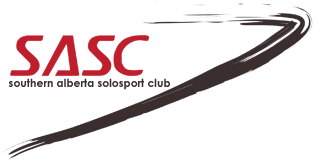 Welcome, Guest. Please login or register. Welcome, Guest. Please login or register.Did you miss your activation email?  November 22, 2024, 01:32:56 AM November 22, 2024, 01:32:56 AMLogin with username, password and session length
|
44 Guests,
0 Users
Pages: [1]
0 Members and 1 Guest are viewing this topic. Pages: [1]
|
Members
Stats
Users Online Users: 0 Users: 0 Guests: 44 Guests: 44 Total: 44 Total: 44 |





